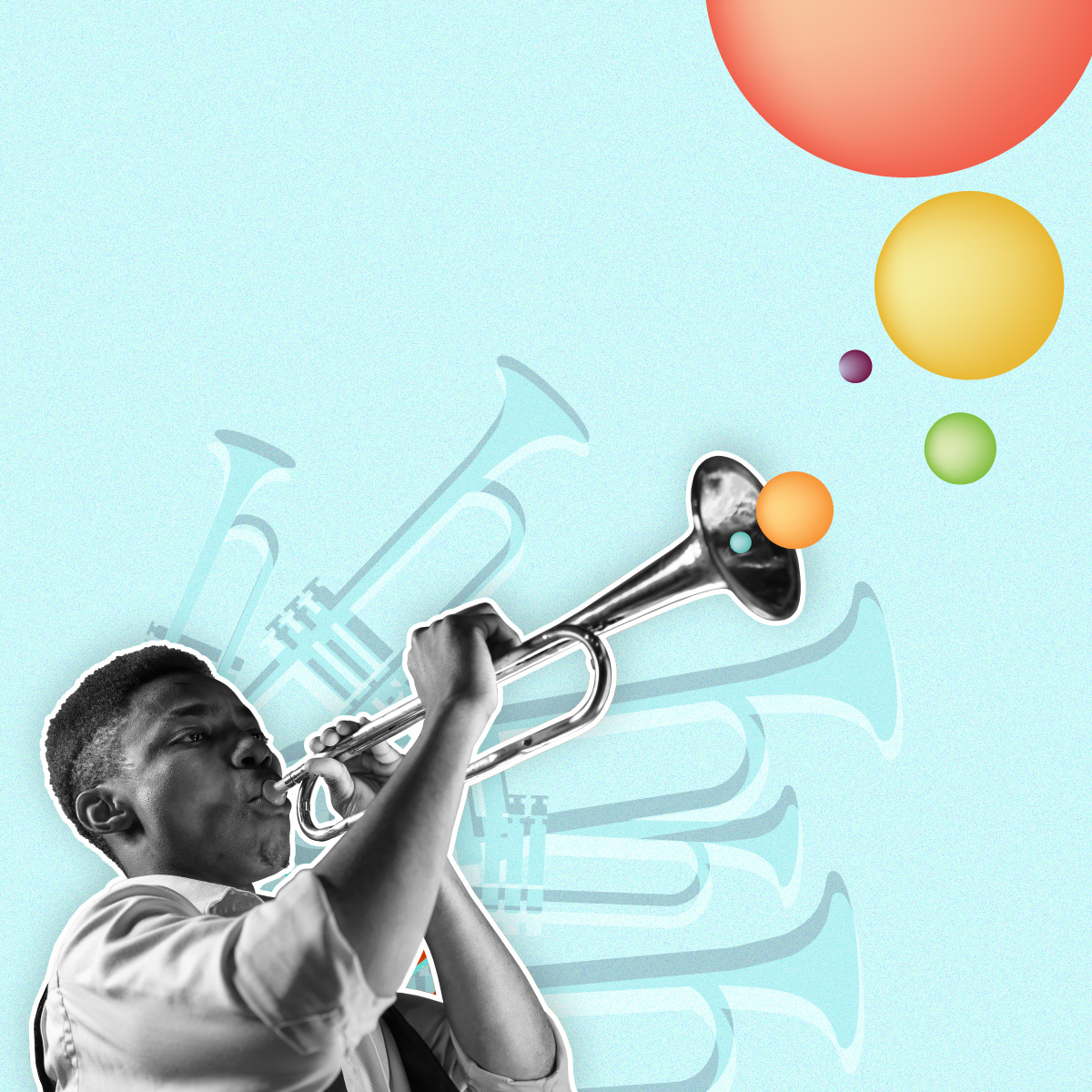In jazz, mastery isn’t defined by a single performance. A jazz musician, like Miles Davis or John Coltrane, showcases their growth over time through experimentation, practice, feedback, and reflection—each performance adding depth and skill. Similarly, middle school students benefit immensely from documenting their growth in portfolios. Portfolios are the jazz solos of education—personal, reflective, and continuously evolving, capturing progress toward mastering essential competencies and key standards.
Why Use Portfolios?
Portfolios offer more than a collection of student work—they provide a meaningful narrative of growth over time. By curating evidence aligned to key priority standards and transferable competencies, students develop a deeper understanding of what they are learning and why it matters. Portfolios promote ownership by allowing students to document their progress, reflect on challenges, and celebrate achievements in their own voice. Through guided self-assessment and goal setting, portfolios shift the focus from task completion to mastery and metacognitive clarity. Ultimately, they become a tool for agency—empowering learners to track their development, identify next steps, and speak confidently about who they are becoming as thinkers, creators, and problem solvers.
What Can Students Include to Demonstrate Progress?
Progress is more than a grade—it’s a story of growth, effort, and understanding. When students reflect on their journey through priority standards or transferable competencies like collaboration, critical thinking, and communication, they begin to see learning as something they own. To tell that story effectively, students can curate a variety of artifacts that show how their skills have evolved over time. From early drafts and final products to self-assessments, feedback responses, and peer collaborations, each piece should highlight not just what they learned, but how they learned it—and why it matters.
1. Initial and Revised Drafts (Aligned to Priority Standards):
Prompt: Include your initial draft alongside the final revised draft. Reflect on what changed and why.
Example: A persuasive essay draft and final version highlighting improvements in argument structure and evidence use.
2. Reflective Journals or Entries (Metacognition):
Prompt: Regularly reflect on what you’ve learned, what questions remain, and how you’ve applied new knowledge.
Example: Weekly entries summarizing math concepts learned and how they apply to real-world problems.
3. Goal Setting and Reflections (Self-Directed Learning):
Prompt: State your goals at the beginning of a term or project, then later reflect on your progress and outcomes.
Example: A personal goal to improve public speaking skills, accompanied by reflections after each class presentation.
4. Self and Peer Assessments (Collaborative and Interpersonal Skills):
Prompt: Complete assessments of your work and your peers’. Reflect on feedback received and actions taken.
Example: Group project rubrics completed by peers, including your reflection on the specific skills improved based on feedback.
5. Project-Based Work (Application and Transfer):
Prompt: Document your project journey, including initial plans, research notes, and reflections on final outcomes.
Example: A science fair project demonstrating the scientific method from hypothesis formulation to experiment results and analysis.
6. Video or Audio Recordings (Communication Skills):
Prompt: Include recordings of presentations or discussions. Reflect on your growth in communication and confidence.
Example: Video clips of debate participation at the start and end of a semester to illustrate improved argumentation and speaking skills.
7. Visual Art and Creative Pieces (Creativity and Innovation):
Prompt: Showcase artwork or creative projects that demonstrate skill and conceptual growth over time.
Example: Sketches progressing to a final painting illustrating the development of artistic technique and creative expression.
8. Test and Quiz Analysis (Analytical Thinking):
Prompt: Include corrected tests or quizzes and reflect on what you learned from analyzing your mistakes.
Example: A math test with corrected solutions and a reflection on misunderstood concepts and strategies for improvement.
9. Learning Logs (Reflection and Continuous Learning):
Prompt: Keep detailed records of your learning experiences and regularly reflect on how this learning transfers beyond the classroom.
Example: Monthly logs summarizing history lessons with reflections connecting historical events to current issues.
10. Digital Creations (Technology and Media Literacy):
Prompt: Share digital projects or creations, highlighting your growth in using technology to communicate effectively.
Example: A student-created blog chronicling the process and findings of a research project, demonstrating digital literacy and communication.
Structuring Portfolios for Maximum Impact
Much like a jazz composition, structuring portfolios requires thoughtful organization and intentional decisions to maximize their effectiveness. Clear frameworks and consistent practices help students create portfolios that meaningfully showcase their growth and learning.
- Regular Reflection: Embed consistent reflective practices that reinforce metacognitive strategies and deepen student understanding of core competencies and standards.
- Explicit Connections: Clearly identify and communicate how each portfolio entry connects to specific priority standards, key competencies, and big ideas. Reflect on the essential question so students can speak to big ideas in their own words.
- Student Choice with Criteria: Allow students to select meaningful work aligned to specific standards or competencies, guided by clear and transparent selection criteria that is co-constructed with students prior.
Additional Elements for Enhanced Portfolio Use
To further enrich student learning through portfolios, consider integrating these essential components that foster deeper engagement, feedback, and clarity:
- Portfolio Presentation Guidelines: Provide students with guidelines for effectively presenting their portfolios, including tips for clarity, organization, and audience engagement.
- Teacher and Family Feedback: Establish structured methods for teachers and families to give meaningful feedback, helping students deepen their reflections and growth.
- Assessment Criteria or Rubric: Develop and share clear assessment criteria or rubrics to set transparent expectations and guide portfolio creation.
- Portfolio Maintenance Tips: Suggest regular routines and organizational strategies for students to keep portfolios updated, manageable, and reflective of ongoing learning.
The Final Note: Mastering the Educational Solo
Just as the mastery of jazz emerges through practice, reflection, and continuous improvement, thoughtfully designed progress portfolios allow middle school students to clearly demonstrate their growth. These educational “solos” empower students to understand, articulate, and celebrate their learning journey, preparing them to improvise and thrive throughout their lives.
Let’s harness the power of portfolios to transform student learning. Join us in embedding this reflective practice deeply into our teaching approach, ensuring all students are equipped with lifelong competencies and the confidence to showcase their growth.



